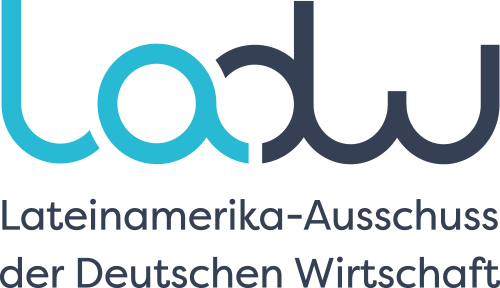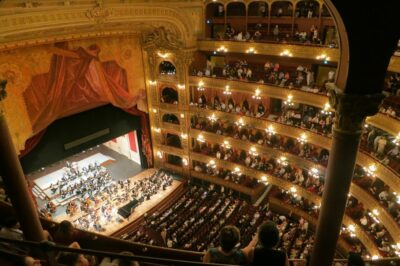The EU and Latin America reconnect
The recent summit between the EU and Latin America ended with few concrete results. Nevertheless, the summit should not be underestimated: It served above all to take stock and update relations after almost eight years of speechlessness.
by Alexander Busch, Latin America correspondent for Handelsblatt and Neue Zürcher Zeitung
Nothing but expenses – one might think in view of the gigantic event that took place in Brussels on July 17 and 18. It was the third summit of the European Union and the Community of Latin American and Caribbean States (CELAC), the first of the EU member states and the 33 CELAC states in eight years. More than 50 heads of state met for two days – and little concrete came out of it.
But the governments on both sides of the Atlantic had prepared too little for this: Above all, many had hoped for the announcement of the agreement between the South American Mercosur and the EU.
Initially, Brazilian President Luiz Inácio Lula da Silva had stated that the treaty should be ready for signature by mid-year. But now the Brazilian government took two months to prepare a joint Mercosur negotiating offer in response to some important amendments proposed by the EU. Thus, there was no bid on the table in Brussels to negotiate either.
On the positive side, however, there appears to be continued confidence in both the EU and South America that the agreement will be reached this year after all. “I have rarely seen so much economic and political interest from the EU in Latin America,” said President Lula.
To be sure, the EU pledged $45 billion in infrastructure investments for Latin America. The EU wants to use this to implement its global gateway strategy in Latin America – the European response to China’s Silk Road initiative. The EU also wants to offer its partners capital for investment in infrastructure, as Beijing has been doing on a grand scale around the world for more than a decade. But so far, the EU has lacked flagship projects – especially in Latin America.
Chilean President Gabriel Boric scored a success in this context: The Andean country has now signed a declaration of intent with the EU for a future close partnership in sustainable raw material value chains.
This is of great importance for Europe: Chile is the world’s leading producer of the raw materials lithium and copper, which are important for the energy transition – and could soon become a supplier of green hydrogen.
But Chile could also benefit from the agreement: The EU not only wants to support the sustainable production of raw materials and purchase them from there. European companies will invest in the Andean country in order to increase the value-added share in the processing chain in South America. In the future, Chile could thus not only supply lithium, but possibly also produce batteries for e-cars.
But the summit also showed how difficult it is to build consensus in the regions themselves. For example, after initial hesitation, Latin American states wanted to agree to criticize Russia as an aggressor in Ukraine. But Nicaragua in particular – an ally of Russia in Central America – resisted, to the chagrin of many heads of state.
Conclusion: It will become clear in the coming months whether the establishment of contacts between Europe and Latin America in Brussels will lead to more intensive cooperation. The links between the regions have now been taken stock of and updated. Much more could hardly be expected after eight years of speechlessness.






